Humans
Sign up for our newsletter
We summarize the week's scientific breakthroughs every Thursday.
-
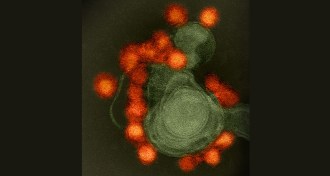 Health & Medicine
Health & MedicineAntibody protects against Zika virus in tests in mice
A new treatment for Zika relies on human antibodies and can help protect pregnant mice from the virus’s damaging effects.
By Meghan Rosen -
 Health & Medicine
Health & MedicineAntibody protects against Zika virus in tests in mice
A new treatment for Zika relies on human antibodies and can help protect pregnant mice from the virus’s damaging effects.
By Meghan Rosen -
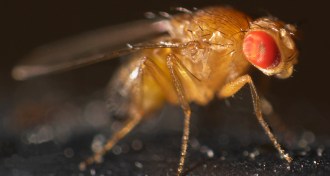 Neuroscience
NeuroscienceShape-shifting molecule aids memory in fruit flies
A prionlike protein may store long-term memories in fruit flies, a new study suggests.
-
 Genetics
GeneticsCancer mutation patterns differ in smokers, nonsmokers
The DNA of smokers shows more damage than the DNA of nonsmokers who have the same kind of cancer.
-
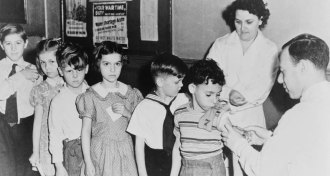 Health & Medicine
Health & Medicine50 years later, vaccines have eliminated some diseases
Vaccines have come a long way in 50 years.
-
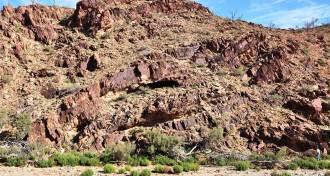 Archaeology
ArchaeologyPeople settled Australia’s rugged interior surprisingly early
Ancient colonists Down Under crossed the continent not long after arriving around 50,000 years ago.
By Bruce Bower -
 Genetics
GeneticsGenetic variant protects against rash of autoimmune diseases
A natural tweak in the TYK2 protein strikes a balance between weak and overactive immune systems.
-
 Genetics
GeneticsProtective genetic variant may offer a path to future autoimmune therapies
A natural tweak in the TYK2 protein strikes a balance between weak and overactive immune systems.
-
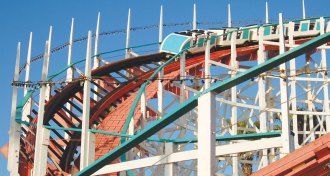 Health & Medicine
Health & MedicineRiding roller coasters might help dislodge kidney stones
Researchers took a 3-D printed kidney containing tiny stones and urine for a spin on a roller coaster and found their patients’ stories of kidney stones passing on the ride to have merit.
By Laura Beil -
 Psychology
PsychologyLearning curve not so smooth
Preschoolers tend to reach a milestone of social thinking after months of fits and starts.
By Bruce Bower -
 Paleontology
PaleontologyPicture of primate common ancestor coming into focus
A new family tree analysis predicts behavior of primate common ancestor.
By Erin Wayman -
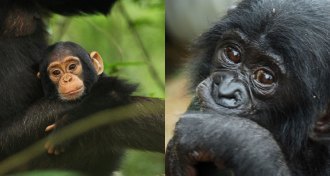 Genetics
GeneticsAncient hookups gave chimps a smidge of bonobo DNA
Genetic evidence suggests bonobos and chimpanzees interbred after becoming separate species.